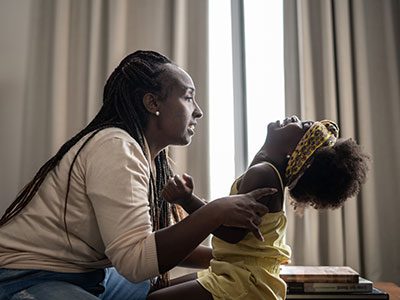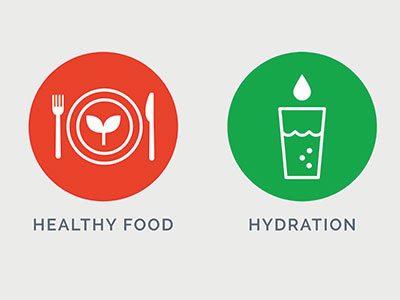January is National Blood Donor Month, the perfect time to help save lives. Donating blood is fast and easy. By giving blood you can help premature babies, patients with traumatic injuries, patients that need surgery or patients with blood disorders, such as sickle cell disease. The average person has 8-12 pints of blood in their body and a standard blood donation provides one pint of blood. This one pint of blood can be used for four to five children.
A single donation can help children who:
- Need surgery
- Have burns or fractures
- Have a chronic condition like Cancer or sickle cell disease
- Are born prematurely
One out of 20 people need a blood donation at some point in their lives. Blood transfusions save millions of lives each year. In 2018, 3,154 patients at Children’s National received a blood transfusion, of those, 7% were sickle cell patients. To donate blood you first need to check your blood donation center’s eligibility requirements.
Types of blood donations
There are many types of blood donations that can be made – whole blood, platelets, plasma and double red cells:
- Whole blood: this is the most flexible type of donation and includes red cells, white cells and platelets. You can donate whole blood every 56 days.
- Platelets: these are cells that we need to form clots and slow bleeding. Platelet donations are done using a machine that separates the platelets from the blood and returns the blood to your body. Platelets can be donated every 14 days.
- Plasma: this is the fluid that carries blood components through your body. During a plasma donation, an automated device is used to separate out the plasma and return the red cells to the donor. Plasma can be donated every 28 days.
- Double Red Cells: red blood cells are separated by a machine and platelets and plasma are returned to the donor. You can donate double red cells every 112 days.
Who can donate blood?
There are certain eligibility requirements that must be met. All donors must:
- Be 17 years or older and in good overall health
- Weigh at least 110 pounds
- Be free of symptoms from a virus such as the cold or flu
- Not have traveled to a malaria risk area within the last year
How do I prepare for donating blood?
Please eat a full meal and drink plenty of fluids before your donation. If you are donating platelets, please do not take any products containing aspirin and/or non-steroid anti-inflammatory drugs (NSAIDs), such as Ibuprofen, for at least 48 hours before your scheduled appointment. You may take Tylenol if needed.
The blood donation process
At the blood donation center, you will be given a mini-physical and asked questions about your medical history to verify your eligibility. Donating whole blood takes about 30-35 minutes. Platelet donations take anywhere from 45 minutes to two hours. Plasma can take a little over an hour and double red blood cells can take about one and a half hours. Most people feel great after donating.
How often can I donate blood?
You can donate whole blood every eight weeks and donate platelets every two weeks.
Can I donate blood after receiving a COVID-19 vaccine?
Yes! There is no waiting period after receiving a COVID vaccine. Some people may have soreness, chills or low-grade fever after the shot. This is normal and is due to the immune system recognizing the vaccine. If you have symptoms, please wait until you have recovered before donating. You can learn more about donating blood after a COVID vaccine in this Rise and Shine article.
Thousands of blood donations are needed every day. If you can’t donate blood, hosting a blood drive for your community or workplace is another great way to give back.
 https://riseandshine.childrensnational.org/wp-content/uploads/2025/11/two-friends-feature.jpg
300
400
Danielle Robbins
https://riseandshine.childrensnational.org/wp-content/uploads/2017/11/childrens_riseandshine_logo.jpg
Danielle Robbins2025-11-13 13:55:082025-11-14 10:17:49Navigating friendships when your child has epilepsy
https://riseandshine.childrensnational.org/wp-content/uploads/2025/11/two-friends-feature.jpg
300
400
Danielle Robbins
https://riseandshine.childrensnational.org/wp-content/uploads/2017/11/childrens_riseandshine_logo.jpg
Danielle Robbins2025-11-13 13:55:082025-11-14 10:17:49Navigating friendships when your child has epilepsy




















Leave a Comment
Want to join the discussion?Feel free to contribute!